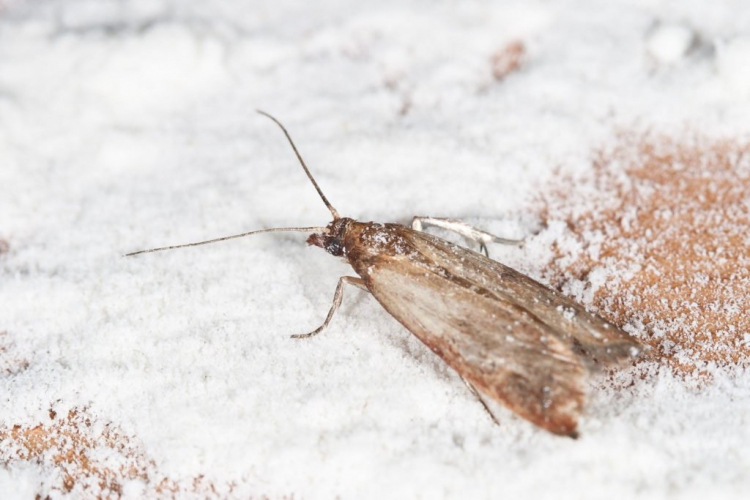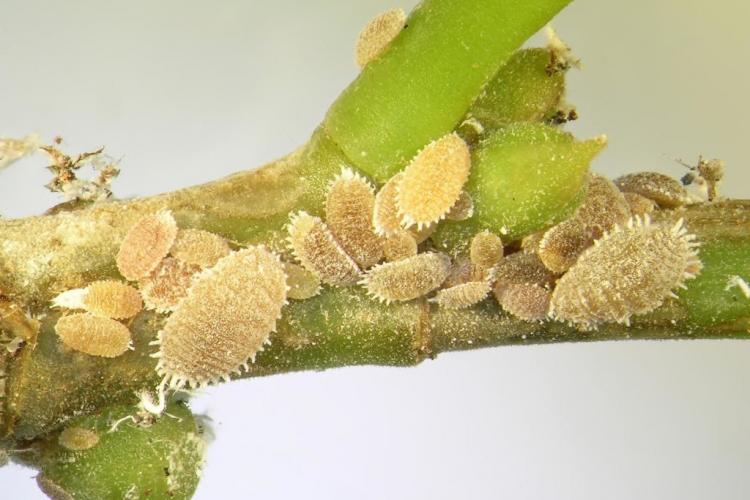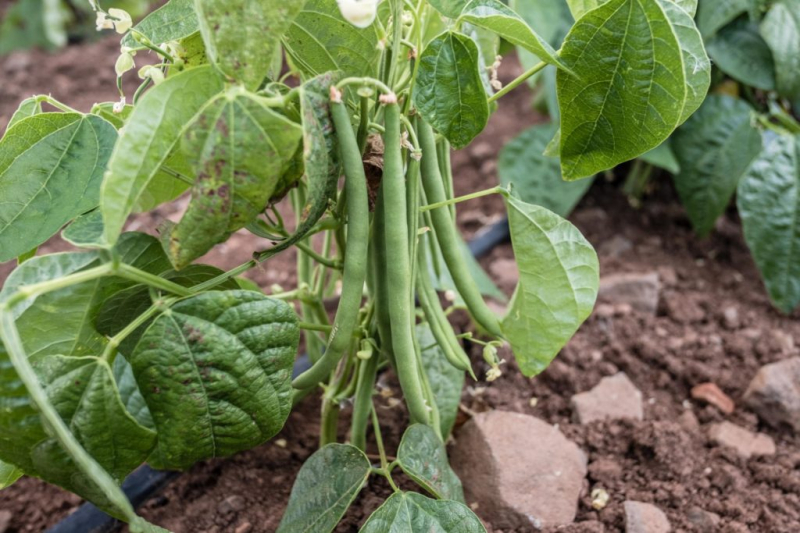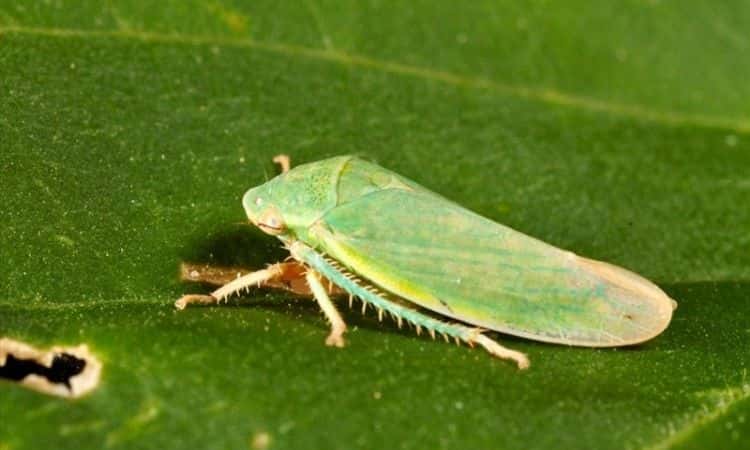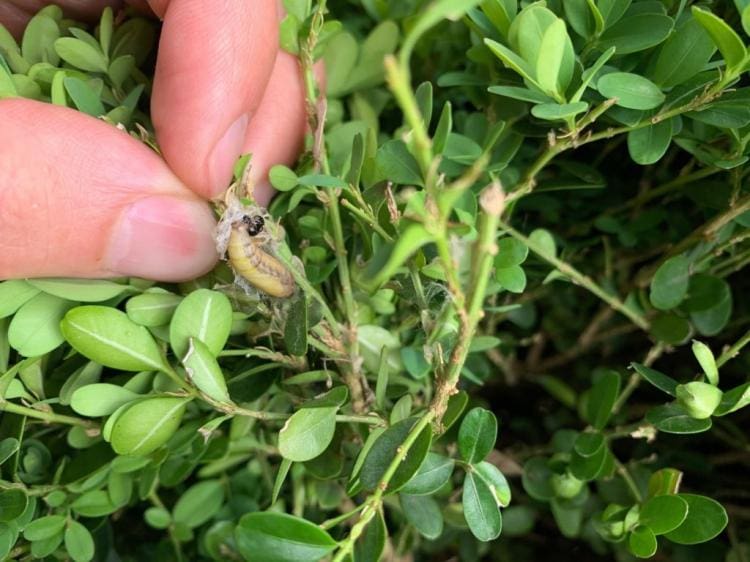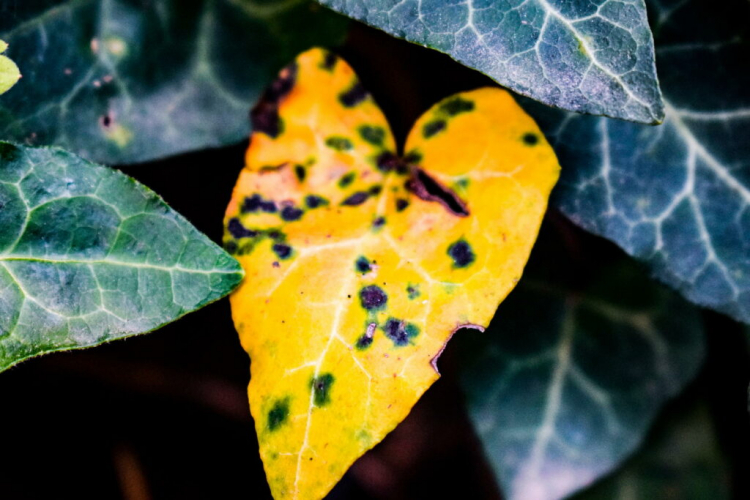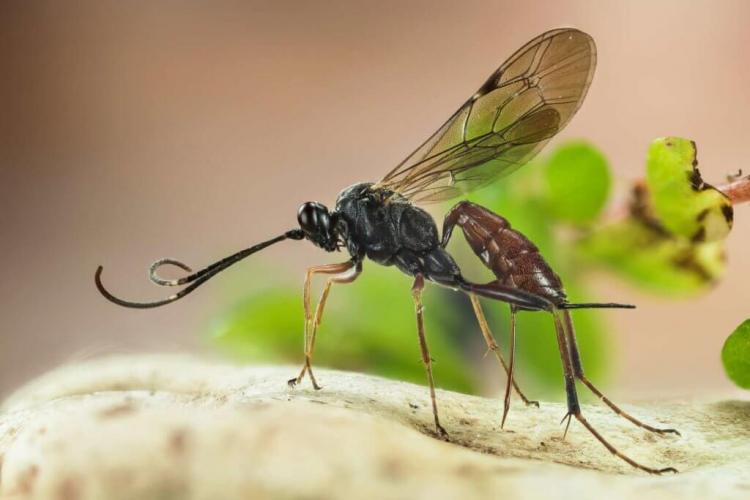Flour Moths: How To Get Rid Naturally, Recognize And Prevent
How do you recognize the larvae, eggs of flour moths? How can you prevent food moths? Our tips to get rid of flour moths naturally. Have you ever had the pleasure of finding small maggots or grayish moths in flour or other foods? As a rule, your appetite is done for afterward and you ask yourself: Where do these little animals come from?
These are storage pests and in many cases, it is the flour moth ( Ephestia kuehniella ). In addition to dry grain products such as flour, pasta, rice, or baked goods, dried fruit or mushrooms can also serve as food in exceptional cases. Once settled, the small pests can reproduce very well in a well-filled pantry and are therefore often difficult to drive away again. How to recognize an infestation, successfully declare war on moths and protect your food from voracious animals in the future, you can find out here in our article on the subject of flour moths.
Flour moth: fact sheet
Table of Contents
The flour moth borers (1 to 1.4 centimeters in length) are particularly active in summer and then especially at night. The eggs and larvae need as much heat as possible for development. If they do, there can be up to four generations per year. The grayish moths often get into the house unnoticed when airing. If an accessible source of food is found, it only takes about 96 hours for the egg to develop into a small, voracious larva. Incidentally, they are not maggots, the correct designation is rather caterpillar or larva. However, female flour moths do not lay just a single egg – several hundred eggs can be laid in their short life! Depending on the temperature, the larvae then eat for around 40 days until they have reached their final size. The larvae then leave the food source, pupate and become an adult butterfly within nine days, which begins to lay eggs again.
Recognize adult flour moths
The appearance of the adult animals is not very spectacular as you can see in the pictures. The moths are of a gray basic color and have clear patterns. However, this drawing is quite variable, which is why the appearance of the moth can always vary slightly. Incidentally, the larvae of the flour moth are so inconspicuous that they can hardly be distinguished from other moth larvae. Even if the white caterpillars do not look particularly exciting, they can still cover a distance of 400 meters and during their entire development, they do not need a drop of additional water. A real wonder of nature!

Recognize flour moth larvae
The actual damage to food is caused by the larvae of the flour moth. After hatching, the initially small larvae do not even measure a millimeter. The animals are then, just like the eggs of the flour moth, barely visible to the human eye. So it is not unlikely that you have already eaten one or two small flour moth larvae in the course of your life. However, the butterfly larvae do not stay that small and reach a length of 1.3 centimeters when fully grown. In addition to the larvae (and of course their excrement), the infected food also contains webs.
The larvae spin small threads as they move, causing flour and other food to clump together. In the case of dry, finely ground foods, you should therefore always be puzzled if there are suddenly smaller or larger lumps in them. The webs are very problematic because they have the property of attracting condensation. The moisture can then form mold or flour mites are attracted. The flour moth larvae are completely harmless and non-toxic. Nevertheless, very few people would want an extra portion of protein in their cereal products.
Summary of recognizing flour moths:
- Adults: 1 – 1.4 cm large moths with brown patterned wings
- Larvae: maggot-like creatures up to 1.3 cm in length
- Web: lumpy foods such as flour or coherent grains of grain
Get Rid flour moths naturally
Once you have discovered the small pests, you have to declare war on them. However, it is not advisable to use the moth spray, which may be obvious. Because the chemical sprays contain toxic substances that you definitely do not want to use in your kitchen or near your food. We present natural and more sustainable alternatives in the following sections. Please note that infected food always poses a health risk, as poisonous molds and other pests can settle in the excrement of the larvae and their webs. Affected food must therefore be disposed of immediately.
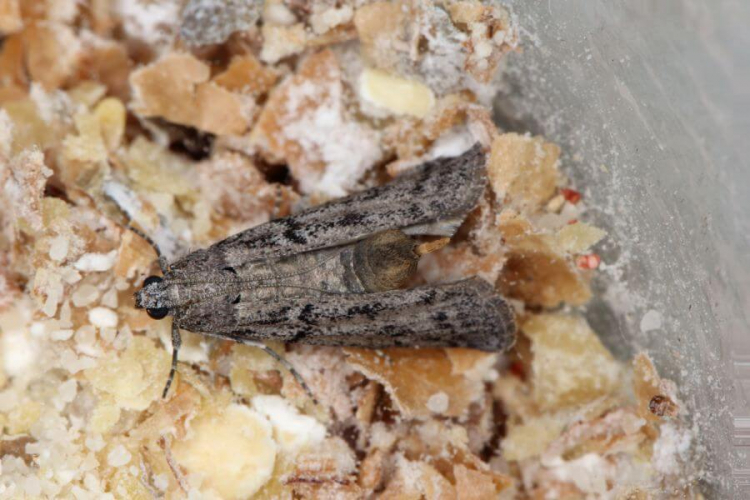
Get Rid flour moths with parasitic wasps
The most natural and effective method of fighting meal moths is through biological pest control with the help of predators. Certain parasitic wasps of the genus Trichogramma have specialized in parasitizing moth eggs in the course of their development. Because of this special adaptation, they are a highly effective method of combating moth pests and have been bred and sold for this purpose since the 19th century.
We also use species of the genus Trichogramma for parasitic wasps against food moths, which are chemical-free and therefore the human and environmentally friendly method of combating moths. We deliver the small beneficial insects to you on cards of 2000 pieces – still in their eggs and in different stages of development. Shortly after they arrive, the tiny animals hatch and get to work immediately.
You might so like: Boxwood Moth: How To Identify It Safely
They lay their own eggs in the moth’s eggs, rendering them harmless. They are extremely discreet because they are barely visible to the naked eye. In addition, parasitic wasps do not have a sting and are therefore completely safe for your children or pets. You can find out more about this in our detailed ichneumon wasp profile.
Even if the parasitic wasps do hard work, it is very easy for you to use. Put the cards out in the affected area – be it a kitchen or pantry – for 14 days. One card is enough for about one square meter, which is why we recommend four cards for a normal-sized kitchen. The application must then be repeated four times to guarantee the elimination of all subsequent generations and final control of the pests. So that you always have fresh parasitic wasps at home at the right time, you will receive a new delivery of cards every two weeks. After eight weeks you are moth-free again and the small parasitic wasps die off unnoticed as soon as no new moth eggs are available.
Summary: parasitic wasps are so easy to use
- Order your parasitic wasps against food moths (the number of cards depends on the size of your kitchen/pantry: one card covers one square meter).
- Layout the cards in the affected area for 14 days.
- You will receive a free follow-up delivery of fresh parasitic wasps every 14 days.
- Repeat the application for another 3 x 14 days.
Flour moth trap: a useful control option?
So-called pheromone traps or moth traps are also often offered, which can be used to catch adult animals. These are mixed with chemical fragrances and lure the male moths into a glue trap. However, since you can only catch males and adults with their help, pheromone traps are by no means suitable for the complete control of the moths. They can still be useful – for example, if you have often had problems with stored product pests. By using moth traps, you can monitor the occurrence of the pests and, if necessary, detect an infestation at an early stage.
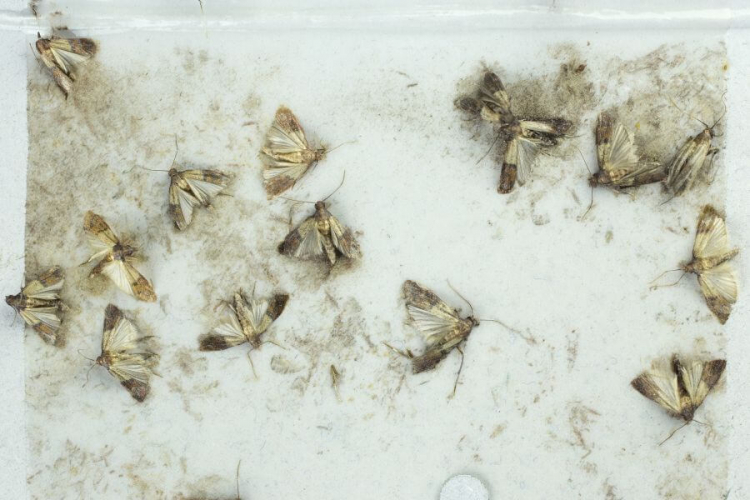
You should pay attention to this after a flour moth infestation
If food such as cereal flour or pasta is contaminated by the flour moth, they should be disposed of to be on the safe side. Even if the animals are inherently non-toxic, a harmful mold could already have formed in the food. It is up to you whether all other less well-packaged foods are destroyed in the process. You can also leave such foods in the oven for at least 20 minutes at 60 ° C because the larvae will not survive that.
Cupboards or drawers with contaminated food should also be cleaned thoroughly and then wiped with a mixture of vinegar and water. The home remedy vinegar kills any remaining moth eggs. In the case of a severe infestation, vinegar is no longer enough, because the moth eggs are barely visible to the naked eye and are therefore difficult to remove completely. Ichneumon wasps are the more thorough method for this reason. Incidentally, food is fairly safe in the refrigerator because the caterpillars can only develop at temperatures above 10 ° C.
Summary: What should you do with a flour moth infestation?
- Dispose of contaminated food immediately
- Heat the rest of the food to 60 ° C
- Highly effective, biological pest control by parasitic wasps
- Wash shelves with vinegar
- Use sticky traps only to control or detect an infestation
You might so like: Box Tree Moth Recognizing: Signs And Pictures
Preventing flour moths: How to protect your food
It’s actually very simple: the flour moth mustn’t get to the food. Then there is no problem with the larvae or any mold growth. But this is only half the truth.
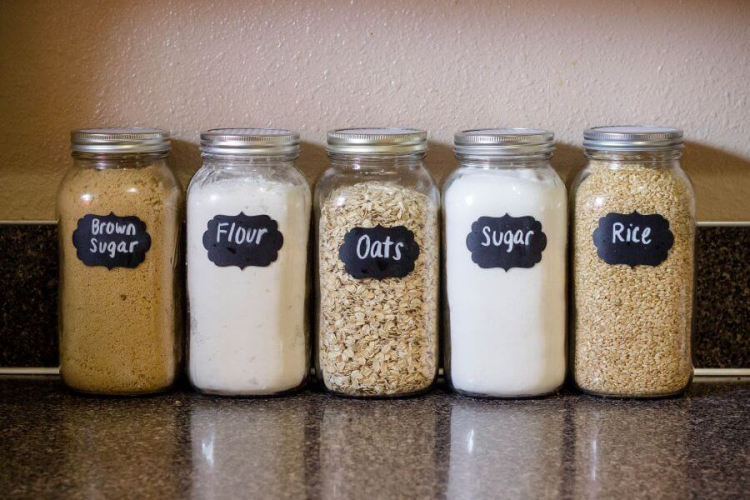
Food packaging made of thin cardboard or thin-film does not represent an obstacle for the larvae. In these cases, the larvae will simply eat a small hole to gain access to the food. The hole can be so small that you won’t even notice it. The cunning caterpillars can even get to the food of their desire via a closed thread lock. Only thicker plastic containers or jars that are airtight offer reliable protection.
You might so like: How To Get Rid Of Moths In Car?
